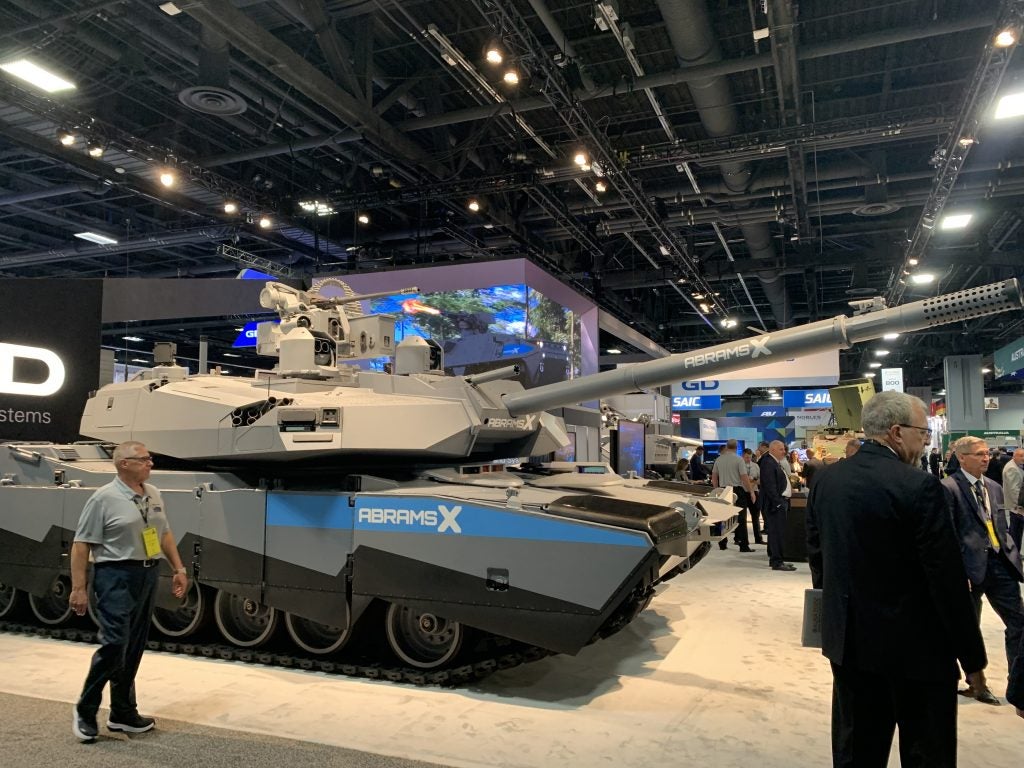AUSA 2022: General Dynamics Land Systems Debut New Technology Demonstrators
General Dynamics Land Systems displayed a pair of new vehicles at the Association of the United States Army’s annual meeting and exposition. AbramsX and StrykerX made their debut, displaying new technologies and concepts that the company is developing through these vehicles. The vehicles are a major departure from previous designs, with both AbramsX and StrykerX introducing hybrid electric power plant and unmanned aerial vehicle integration.

In an interview with General Dynamics Land Systems the company gave Overt Defense a rundown of the vehicles at the booth. Company representative Tim Reese emphasized that the AbramsX and StrykerX are technology demonstrators, stating:
“The X at the end is our way of saying these are not production vehicles. These are our vehicles to demonstrate new technologies that we think the army might be interested in. And we want to get feedback from them about what they like, what they don’t like, and what direction they might want to go in the future.”
Tim also addressed the feedback, negative and positive, that was given by the U.S. Army on AbramsX. Of the critical response, it seems that the placement of crew in the hull of AbramsX is a point of contention, with the representative remarking:
“Some Army leaders think that you lose too much for situational awareness. And it’d be too hard for three people in the hole to do the functions of four people and keep track of where they are and see around the vehicle when nobody can pop their head out.”
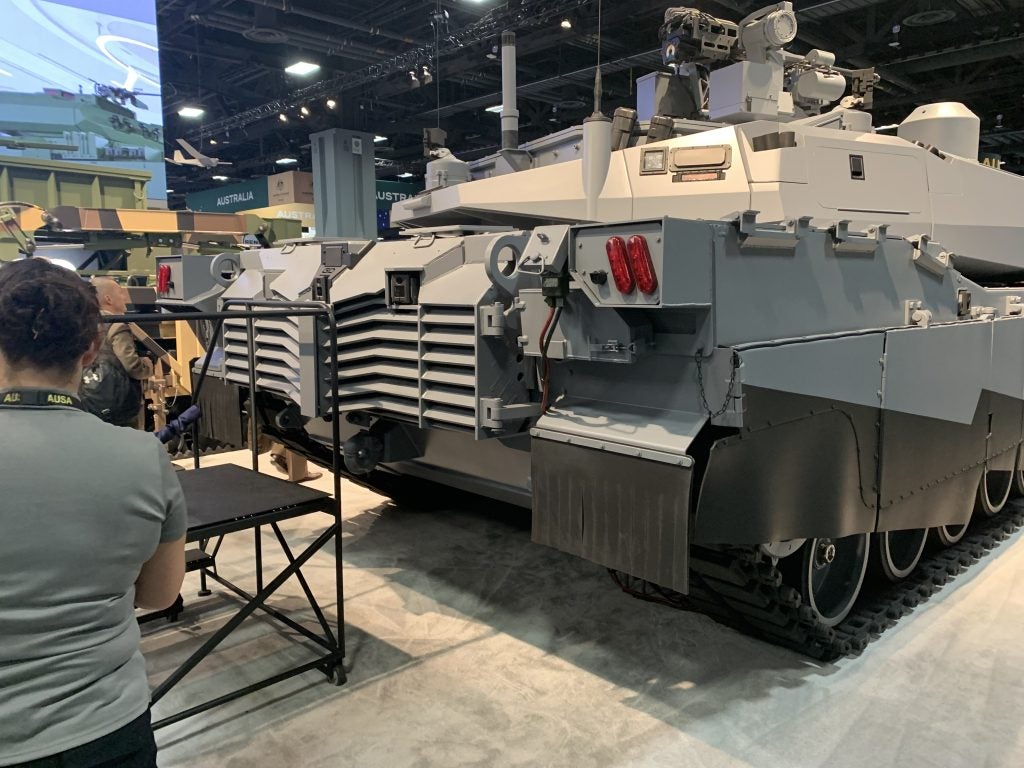
In terms of positive feedback, the hybrid electric power plant is being received positively by the army as it offers better performance:
“So the performance of this vehicle will be equal to or better in terms of speed and acceleration than the current Abrams and only use half as much fuel for the same distance traveled.”
The hybrid electric power plant was emphasized heavily throughout the interview with Tim, especially in relation to the StrykerX:
“On a Stryker, the reason it’s there is to give the Stryker the ability to move silently without running any motor a significant distance, which will really help the dismounted squad get in and out of places without being hurt. And the other thing it does is it gives a really long, like several days worth of the ability to sit still and run all your electronics and your sights without turning on your engine. And then the third thing is when it’s standing still and it’s not using the power that the engine produces, it can export that to another system that needs power.”
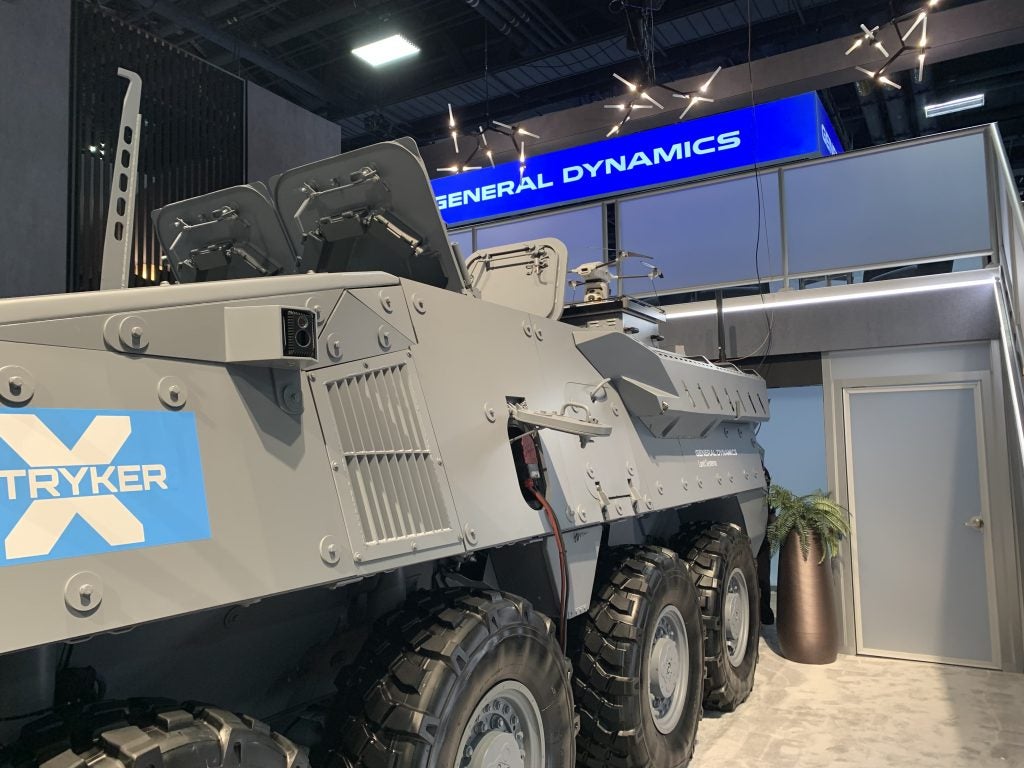
Unlike the AbramsX, StrykerX’s feedback has been “all positive on this record.” Tim attributes this to the lack of as many “radical” technologies as those on AbramsX.
When asked why the Army and General Dynamics Land Systems is pursuing a hybrid electric plant, Tim highlighted the battlefield utility of the technology:
“There are different reasons for it. There are some people that are looking at it from an environmental climate perspective and the Army has a strategy on climate change and electric strategy, etc. We’re (General Dynamics Land Systems) looking at it from the battlefield benefit standpoint, they’re not exclusive, but our primary emphasis is on what makes sense on the battlefield. And the ability to move silently and to sit silently is really important. And then the ability to reduce the amount of fuel you have to bring forward all the time is really important. So those are the main battlefield benefits: silent watch, silent move, and less fuel.”
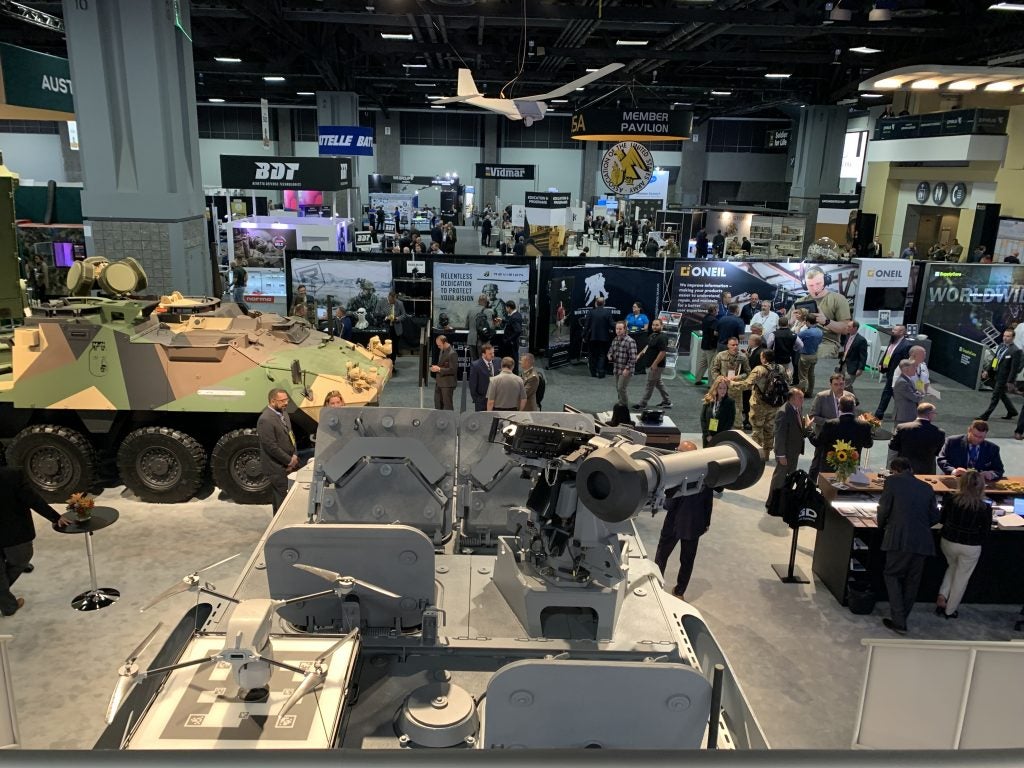
Both AbramsX and StrykerX possess UAV integration, in the form of Switchblade 300. This provides both a loitering munition capability as well as enhanced intelligence, surveillance, and reconnaissance capability for the vehicles:
“We have Switchblade 300s on the Stryker and on the Abrams. So the ability to like launch and control a loitering munition is a feature of both vehicles. And the nice thing about those vehicles, or those munitions, is they send back live video feed while they’re en route to a target. So that adds to the situational awareness that the crew and the squad have even before it does its kamikaze run to the target.”
On the topic of the AbramsX’s potential for optionally manned operation, Tim said:
“The army has talked about that as a long-term goal. We’re not there, yet. I don’t know if the Army is really there yet either in terms of their willingness to accept it, but this represents an incremental move in that direction, namely by taking one crew member out and going to three.”
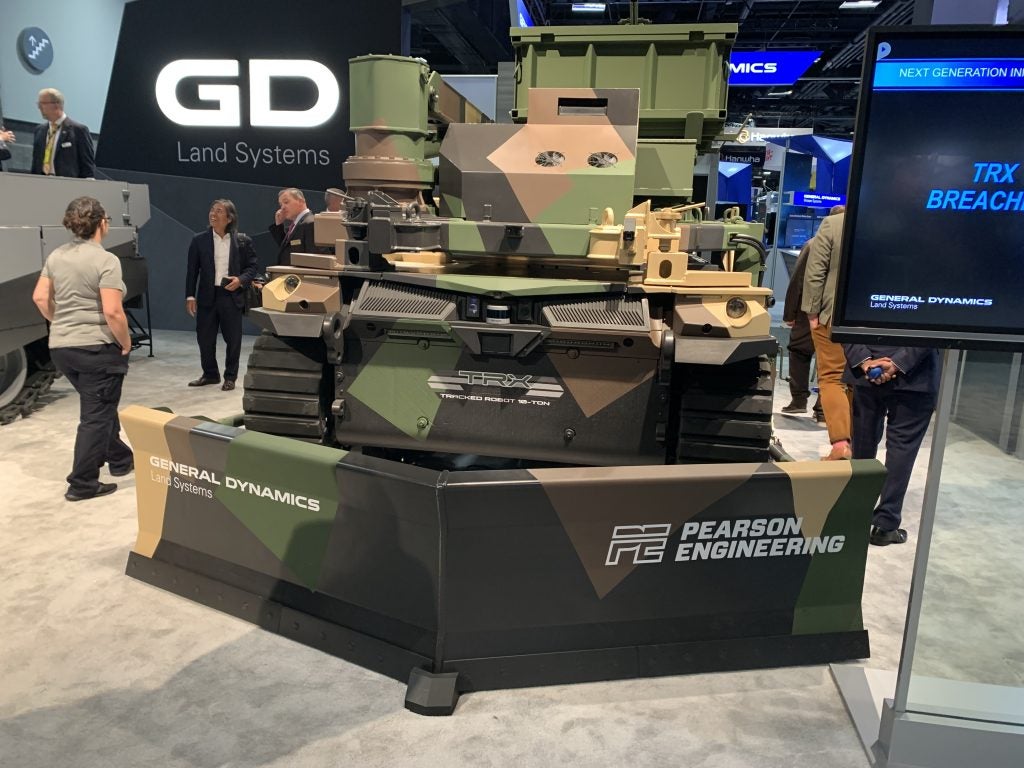
Tim also touched on the TRX Breacher, a 10-ton unmanned ground vehicle:
“This robot will accompany mounted formations, Stryker and Abrams, and can carry a five-ton payload. So we’ve designed the vehicle to be as flexible as we can. So any payload that you might want, we can provide the physical attachment points, the data ports for control purposes, and the electrical power to our what that payload is.”
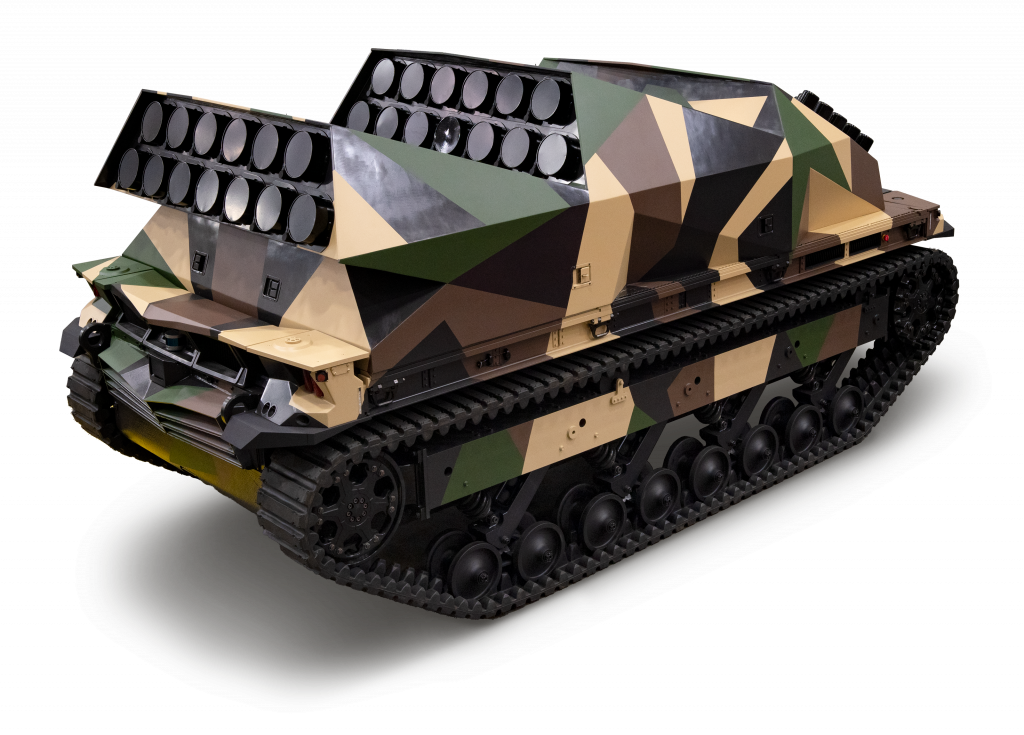
(General Dynamics Land Systems)
The version at AUSA 2022 carried engineering equipment, but could also support other missions such as Counter-Unmanned Aerial Systems and resupply with other modules. In a loitering munition launcher configuration, the TRX can be equipped with one module that supports four dozen (48) Switchblade drones.

